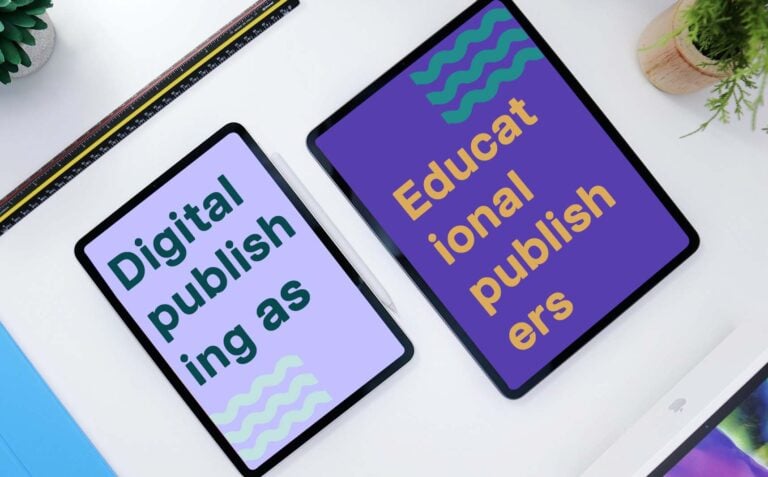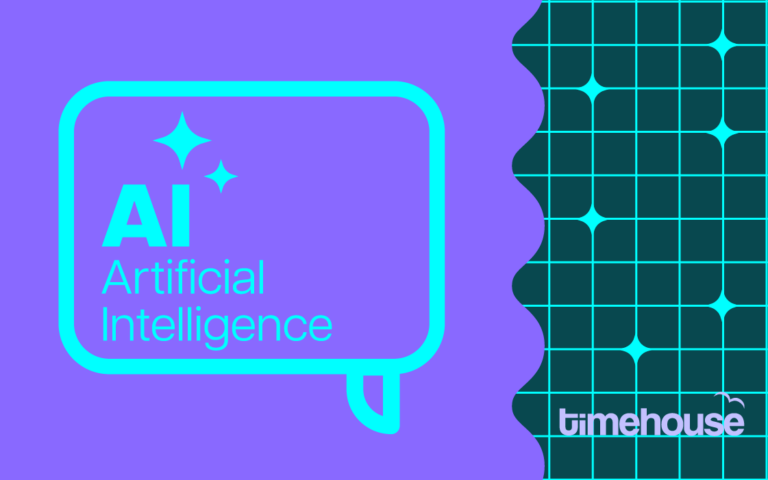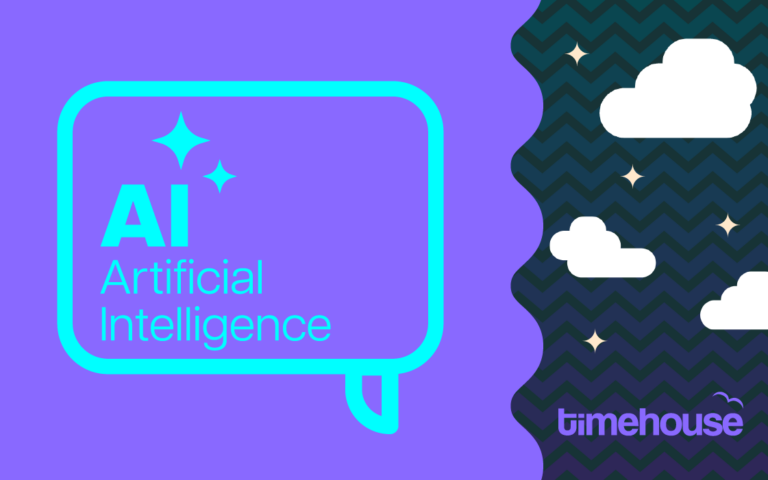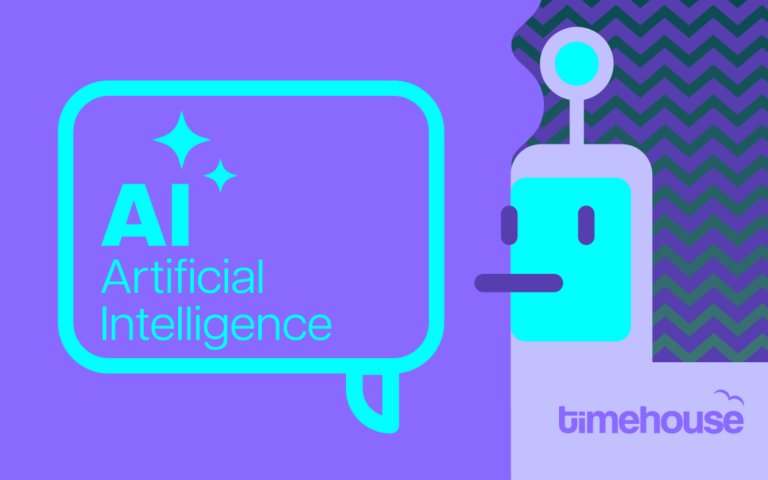There has been an explosion of interest in AI, machine learning, and other big data models over the past few years. The recent hype has focused around new-gen generative AI such as ChatGPT that hit the mainstream. But what is AI exactly? And what are some of the practical applications of AI in business?
What is AI?
In the commercial context, what is often labelled as AI, is machine learning powered by neural networks.
AI (artificial intelligence) is when a machine can make a decision that is indistinguishable from humans. A truly intelligent machine, defined by computer science legend and mathematician, Alan Turing, should be able to convince another human that they are human as well (known as the ‘Turing Test’). (Anyone who has ever tried to get things done with a clunky chatbot is probably shuddering in disbelief that this would ever be the case – but we may be getting nearer, with some arguing that the Turing Test was passed in 2014.)
The AI that powers our businesses is essentially a collection of algorithms that can detect, recognise, and organise patterns, known as machine learning. One type of AI algorithm, neural networks, have improved exponentially over the past years, fuelling AI growth. Neural networks are now larger and can go deeper, layering themselves into consecutive neural networks (Deep Learning).
Computation itself has become faster and more accurate as the maths tools behind it have improved, allowing this kind of technology to grow and scale.
More about defining AI on this blog here.
So, what has changed?
So, despite the hype, AI is very much a long-standing computer science concept grounded in increasing processing power. Neural networks and machine learning are part of many of our long-standing projects including our speech synthesiser, Mikropuhe, that we started developing in the late 1980s.
Simply, these systems are now more accurate. They are more scalable. Computer memory and processing power have increased, and storage has become cheaper. All this has led to the ability to launch cheap and free generative AI tools such as ChatGPT from OpenAI.
There has been a long-term evolution towards smarter and smarter machines, and a need for businesses to harness that processing power to stay competitive. So, whether it’s to ease decision-making, improve cataloguing, generate metadata, or create content, AI is just going to keep adding value.
AI in publishing
For publishers, AI and machine learning can help speed up different elements of the content and editorial workflows.
For example, we have created online catalogues where machine learning helps find relevant statutes online, then automatically adds them into the editorial workflow. We know how to use AI tools to parse data and speed up internal processes for publishers.
AI can also be very useful at the front-end of the reading experience – prepopulating data, providing reader insights, enabling smarter and more dynamic search features – they are all powerful AI-driven tools.
We wrote a blog on publishing and AI (read it here) where we explored the different ways in which publishers can leverage AI, including:
- Personalised content
- Reading analytics
- Translation
- Content enrichment and references
- Smart search & more.
In content production, generative AI can also help. Though issues of copyright are coming, this march cannot be stopped (read our blog on AI copyright issues here).
Our generative AI experiments
Over the years, we have enjoyed experimenting with machine learning and AI, embedding it into the software we create. And this recent boom of AI interest is no different.
One of the recent AI tools we developed in-house is a tool that automatically generates image alt text: an important tool for screen readers and SEO alike. This could be a real accessibility asset as many brands neglect their image alt text fields.
In fact, we expect to see a lot of changes in the domain of image AI. Computer pictures and images may be ushering in a new kind and era of creativity.
Another area where we are using generative AI is in search – we developed a search engine years ago, but conversational search is going to be the new normal. By using generative AI tools and chatbots, we hope to create a smart search engine that can answer both specific in-catalogue and external queries. Think about how useful a tool like this could be for summarising knowledge and adding value. The age of the smart assistant might finally be here?
Don’t be afraid of AI. It’s an interesting mix of new and old, an inevitable product of technological advances. But do invest some time and money into figuring AI out for your organisation. Again, think deeply about what parts of AI are going to work for you. Experiment and see how you get on.










